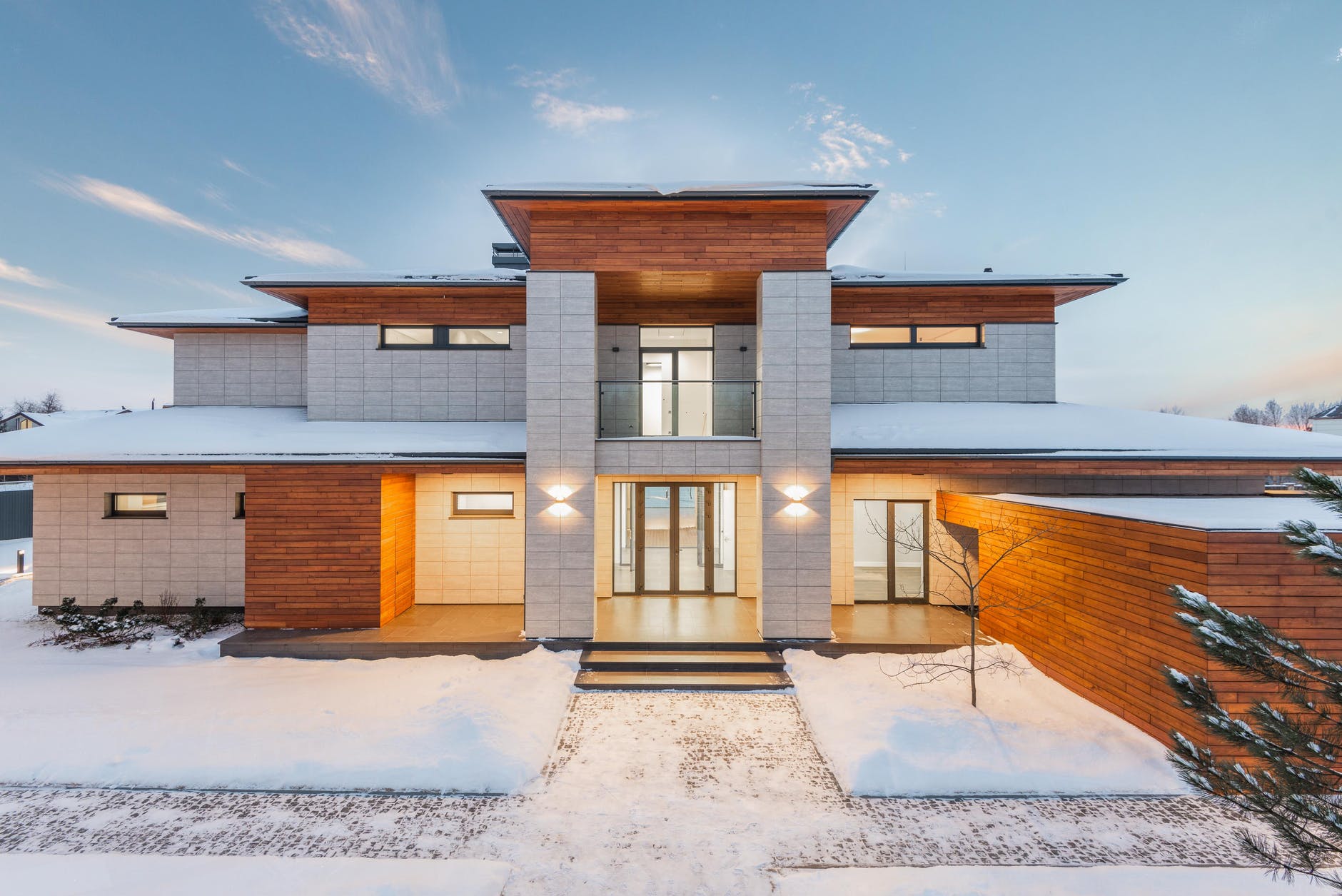The winter months provide beautiful crisp mornings and snowy festive scenes. However, it can also wreak havoc with travel plans and leave us feeling chilly when the heating decides to break down. To avoid these mishaps and enjoy a stress-free winter (as much as possible), there are a few things you can prepare in advance.
Take a look at some of the critical areas to consider when winter-proofing your home:
1. Invest in a generator
There’s nothing worse than stumbling around in the dark when the power goes out. What’s more, when you have no electricity, appliances such as the fridge freezer will not work. By investing in a home generator, you can avoid these issues in the short term. Some smaller generators are as affordable as $500 and are perfect for emergencies. However, remember to get a professional electrician to install it to ensure there are no issues when you need it.
2. Install a carbon monoxide detector
Some heat sources produce harmful carbon monoxide if an area is not well ventilated. Installing a detector in your home will indicate when levels are toxic so you can sort the problem quickly. In addition, a sensor should be present on each floor of your home for peace of mind.
3. Trim trees and overhanging branches
Falling branches and trees are common causes of accidents and home damage during winter. If you have trees near your property, check the branches and wood for signs of deterioration. Deadwood is the brittle and strong wind that will bring it down quickly. Check branches are also free from overhead cables connected to your home, as this will also interfere with services delivered through these in bad weather.
4. Invest in snow removal tools
Heavy snowfall can make accessibility from your property to roads challenging. However, there are several ways to remove snow from driveways, sidewalks, and roofs, including roof rakes, snow shovels, and snow sweepers. You could also purchase a snow blower to make removal quick and easy.
5. Clear gutters and drains
During the fall and winter months, gutters and drains get clogged up with dirt and debris. Periodically clear this to ensure water is able to run freely away from your property. If not cleared, the build-up of moisture from clogged drains and gutters can lead to flooded areas and potential leaks inside your home.
6. Seal drafts
A common reason why homes get cold during the winter months is drafted. Cracks appear on caulking around windows and doors, and this lets the warm air escape. Another issue with this is rising energy bills. By sealing air gaps and cracks, you will keep the warm air in and cold out. Do a thorough check before the temperature drops to ensure windows are well-sealed, and doors close properly. Even the slightest gap can cause a cold draft, especially when it’s blowing a gale outside.
7. Check your insurance
Before the season starts, make sure your insurance covers storms and other extremes in weather. If you winterize your home, this could also save you money on premiums, so it’s worth checking how they can help.












